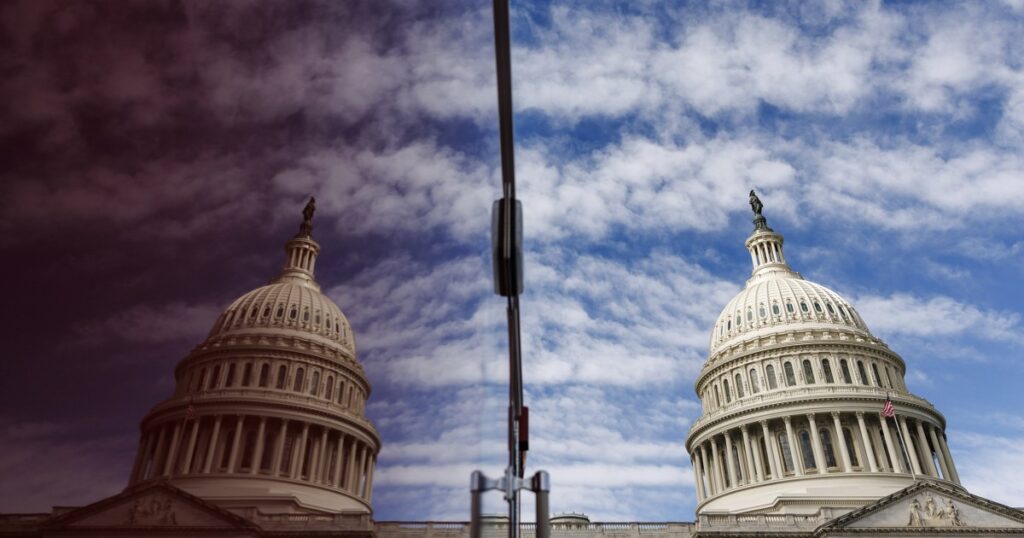In a recent piece for Politico, National Review’s Rich Lowry highlighted the Republican Party’s “sporadic” commitment to fiscal conservatism.
After a hiatus during the Trump years, Republicans are back in the mood for fiscal probity. It’s very strange not to seriously pursue a deeply held goal when you have unified control of Washington, then to insist on trying to achieve much of it in one fell swoop when you barely have control of one chamber of Congress. But here we are. This is the Republican pattern.
“Strange” may not have been the first adjective that came to mind, but it’ll do.
But it was Lowry’s reference to “the Republican pattern” that stood out for me. The National Review editor emphasized the last two GOP presidential administrations, but to fully appreciate the larger context, I’d recommend looking back a bit further.
It might seem like ancient history, but for much of the 20th century, the Republican Party was a fiercely anti-deficit institution, and its members were relatively sincere on the matter. In fact, when John F. Kennedy proposed significant tax cuts in the early 1960s, he faced opposition from a GOP lawmaker — who questioned whether the country could afford to lower the top bracket from 91% to 65%, especially in light of lingering war-era debts.
The party had not yet made the transition in earnest from an anti-deficit party to an anti-tax party.
That evolution came into sharp relief two decades later, when Ronald Reagan, after running on an anti-deficit platform, racked up massive deficits — which, at the time, were some of the largest in American history relative to the size of the economy.
A new GOP standard was set, and the party embraced it with great enthusiasm.
That is, until Bill Clinton became president, at which point Republicans at least pretended to care deeply about a balanced budget again. The Democrat generally shared the fiscal goal, and the deficits became large budget surpluses. As Clinton left the…
Read the full article here





